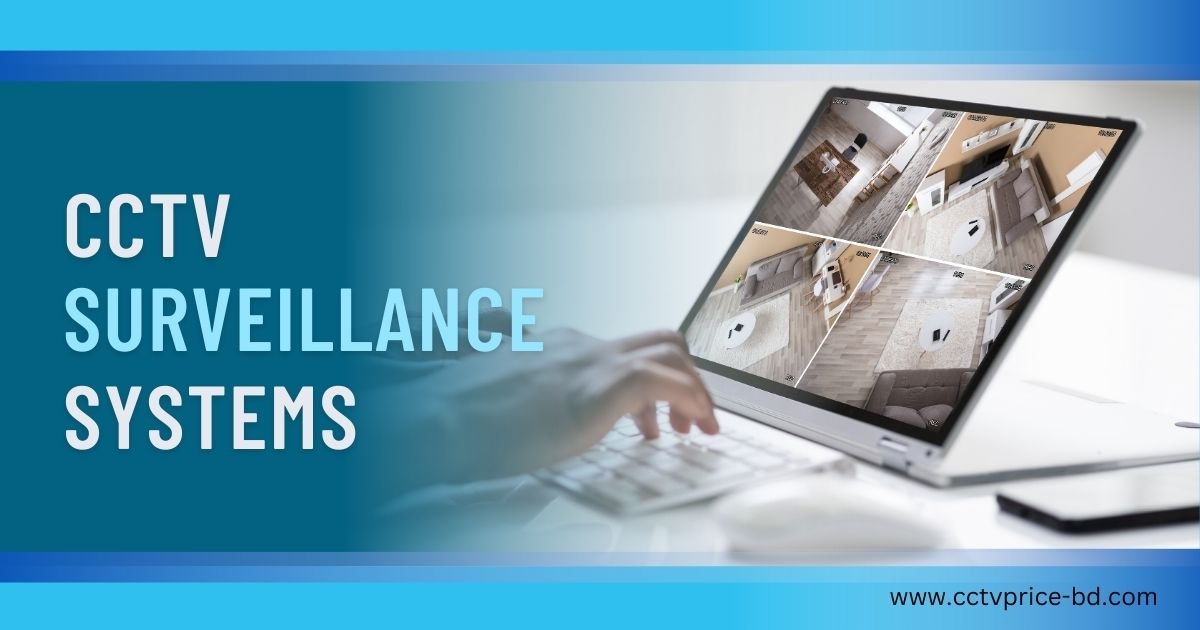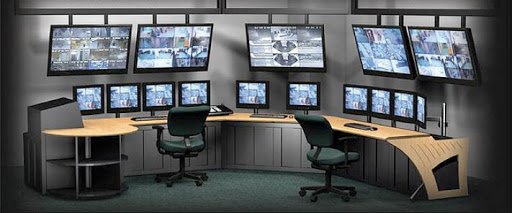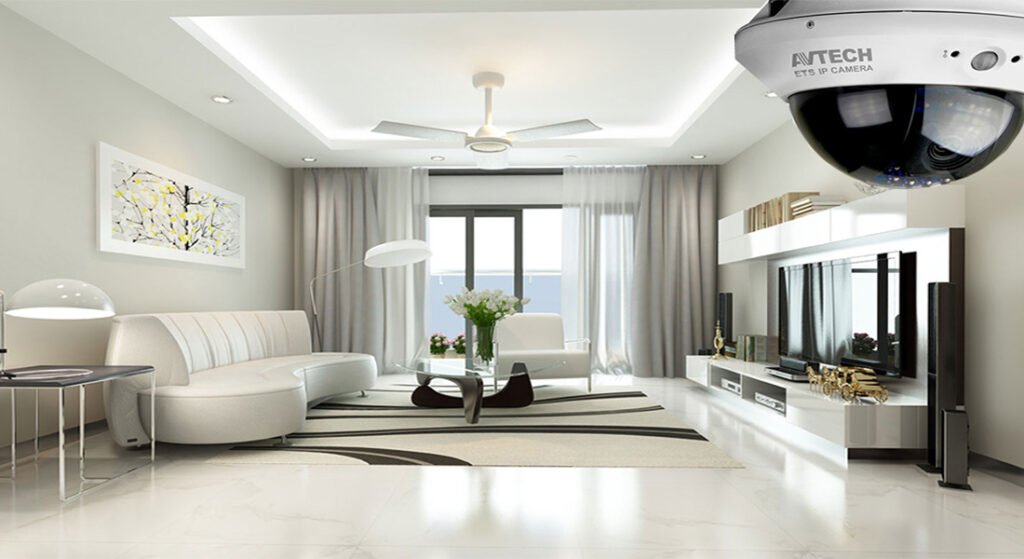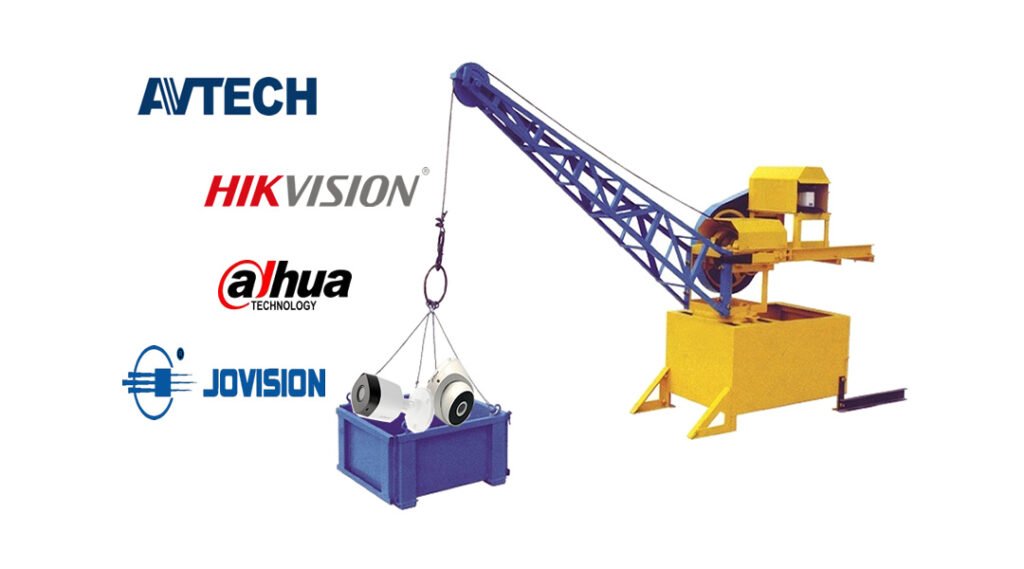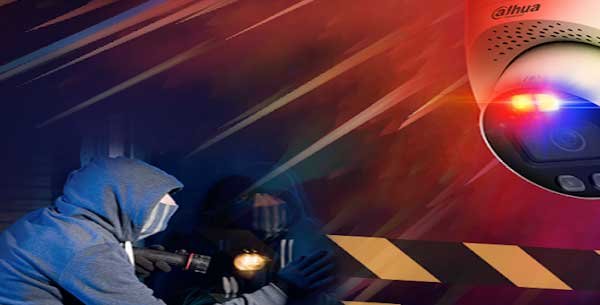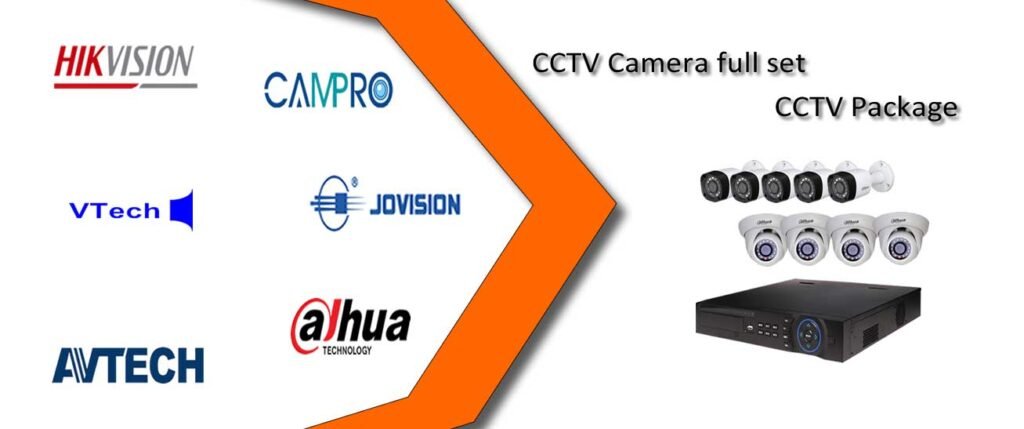CCTV Surveillance Systems: Types and Needs
CCTV surveillance systems have become an integral part of modern security solutions, providing a watchful eye to safeguard our homes, businesses, and public spaces. These systems have evolved significantly over the years, offering a range of features to meet various security needs. In this blog, we’ll explore the different types of CCTV Camera surveillance systems and also understand their specific requirements.
Types of CCTV Surveillance Systems
Analog CCTV Camera Systems
Traditional analog CCTV systems use coaxial cables to transmit video footage to a recording device like a DVR (Digital Video Recorder). They are commonly found in older security setups.
Resolution limitations and a lack of advanced features make them less popular in comparison to modern options.
HD-TVI CCTV Surveillance Systems
HD-TVI systems offer high-definition video quality over coaxial cables, allowing for easy upgrades from existing analog systems without rewiring.
These systems typically provide better image clarity and enhanced zoom capabilities, improving overall surveillance effectiveness.
IP (Internet Protocol) CCTV Systems
IP CCTV systems utilize network infrastructure to transmit video data. They have gained popularity due to their scalability, advanced features, and remote access capabilities.
Higher resolution, improved image quality, and support for additional devices like IP cameras and network video recorders (NVRs) make them a top choice for modern surveillance needs.
Wireless CCTV Surveillance Systems
Wireless CCTV systems eliminate the need for complex cabling, making installation easier and more flexible.
They are ideal for temporary surveillance requirements, remote locations, or places where running cables is impractical.
PTZ (Pan-Tilt-Zoom) Cameras
PTZ cameras offer the flexibility to pan, tilt, and zoom to cover a larger area with a single camera.
They are commonly used in areas that require active monitoring and quick response, such as large public spaces or critical infrastructure facilities.
360-Degree Cameras
360-degree cameras provide complete coverage of an area with no blind spots, making them suitable for wide, open spaces or areas requiring comprehensive monitoring.
Understanding the Needs of CCTV Surveillance Systems
- Security Level
Assess the security level required for your specific location. High-security areas might demand advanced IP cameras with facial recognition capabilities, while simple monitoring may suffice for low-risk zones.
- Resolution Requirements
Determine the level of detail needed in the video footage. Higher-resolution cameras are essential for identifying finer details in critical areas.
- Night Vision
Consider night vision capabilities if surveillance is required around the clock. Infrared (IR) cameras or low-light cameras can ensure visibility in the dark.
- Storage Capacity
Calculate the required storage capacity based on the number of cameras, resolution, frame rates, and retention period of video recordings.
- Remote Access and Monitoring
If you need real-time access to surveillance feeds from anywhere, opt for IP cameras with remote access features.
- Environmental Considerations
For outdoor surveillance, choose cameras that are weatherproof and can withstand harsh environmental conditions.
- Scalability of CCTV Surveillance Systems
Plan for future expansion by opting for scalable systems that can accommodate additional cameras if necessary.
Frequently Asked Questions (FAQs)
Q1: How many CCTV cameras do I need for my property?
The number of cameras depends on the size and layout of your property, as well as the areas you want to monitor. Therefore, Conduct a thorough assessment or consult a security expert to determine the optimal camera count.
Q2: Can I upgrade my existing analog CCTV system to an IP-based one?
Yes, it is possible to upgrade your existing analog system to an IP-based setup. Certain devices, like encoders, can help convert analog signals to digital for integration with an IP system.
Q3: Are wireless CCTV Surveillance systems reliable?
Wireless CCTV systems can be reliable, but their performance is subject to factors like signal strength and interference. Consider the distance between the cameras and the receiver, and invest in quality wireless equipment.
Q4: How long can CCTV footage be stored?
The storage duration depends on factors such as the capacity of the recording device and the number of cameras. It can also range from a few days to several months. Configure your system to overwrite old footage or implement an automatic archiving policy.
Q5: Can CCTV cameras work in low-light conditions?
Yes, certain cameras come equipped with infrared (IR) technology to provide clear images in low-light or even no-light conditions.
Conclusion
Choosing the right CCTV surveillance system involves understanding the various types available and matching them to your specific security needs. Moreover, By evaluating factors like resolution, camera type, and storage requirements, you can deploy an efficient surveillance system that provides the level of security you require. Whether for residential, commercial, or public use, CCTV Surveillance systems play a crucial role in safeguarding our surroundings and deterring potential threats.

